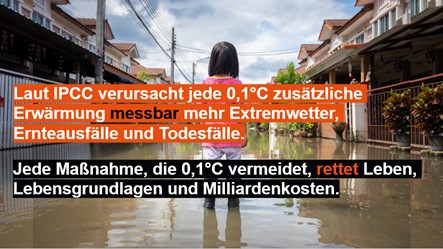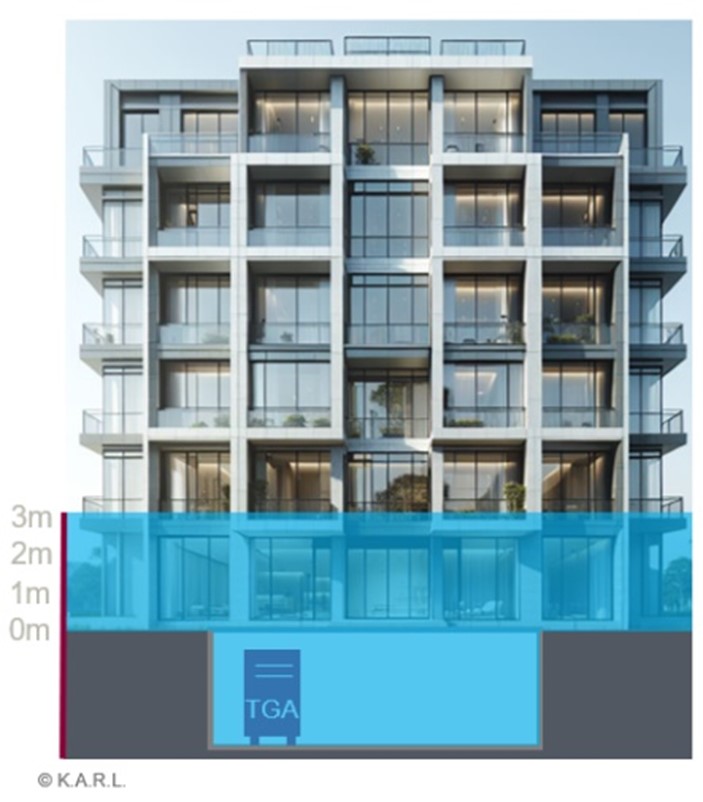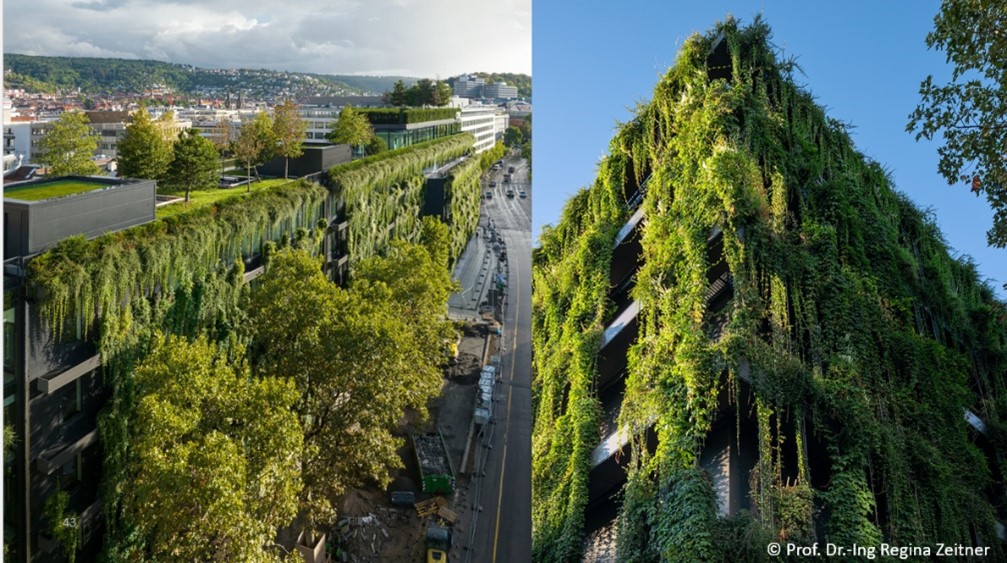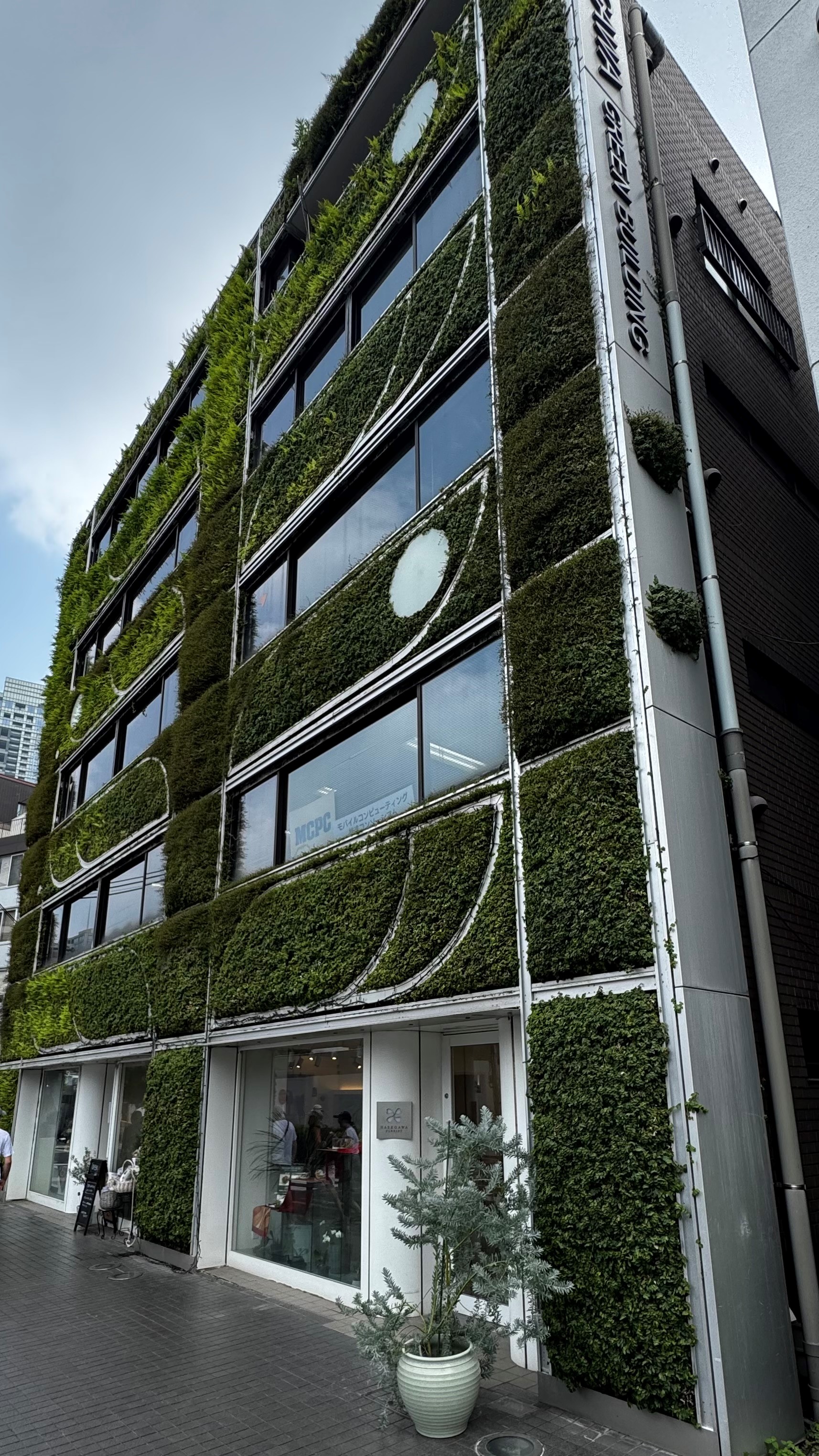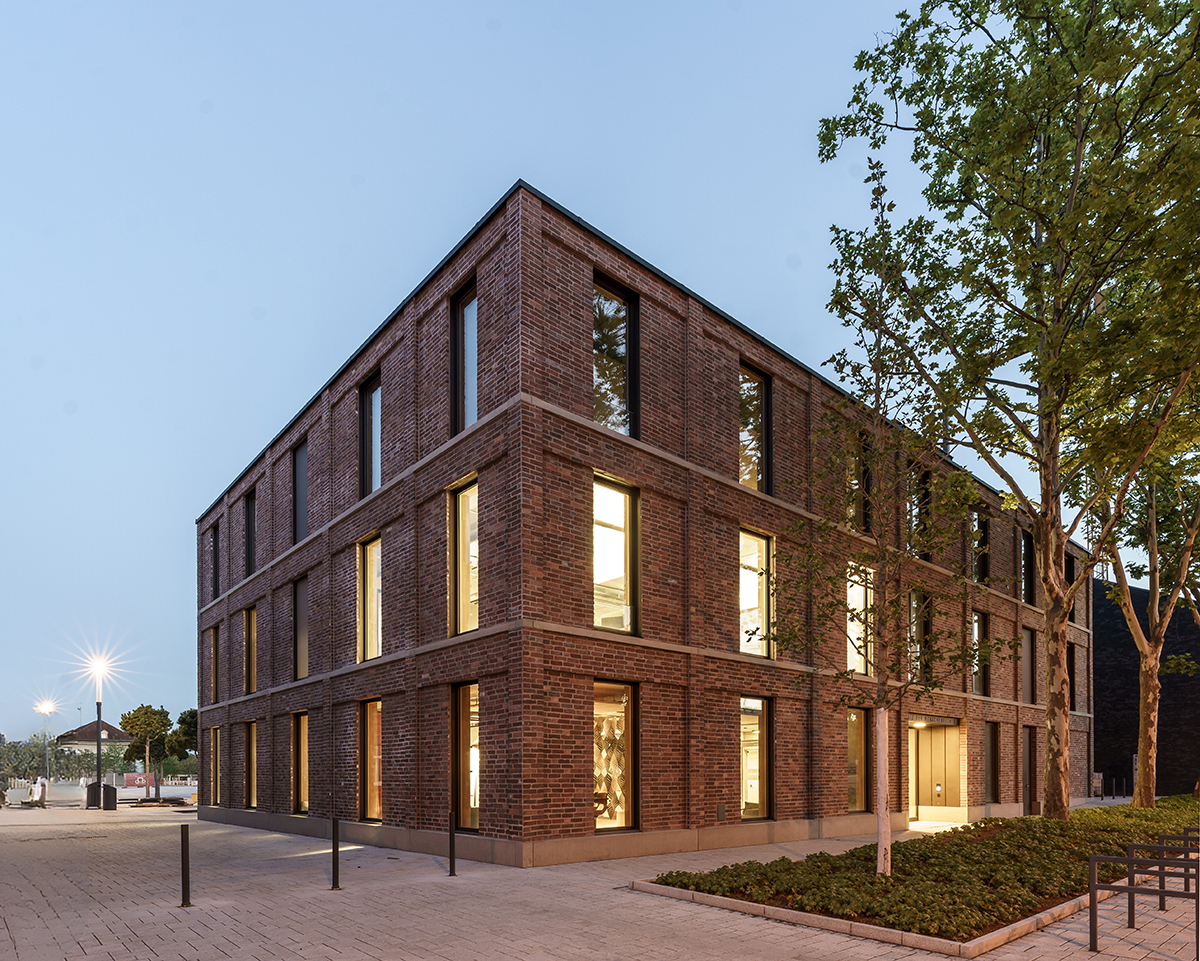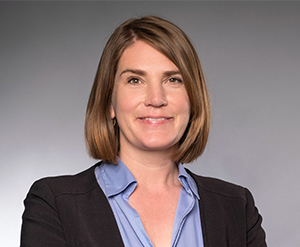Climate risks in the real estate industry – How we combine climate protection and climate adaptation ... or: If you're renovating a facade, why not include green facades?
How can we kill several birds with one stone?
This question was the focus of our WertedialogPLUS on July 31, 2025. Together with 45 colleagues from Germany and Switzerland, as well as external experts, we had an in-depth discussion about climate risks in the real estate industry.
Also present: Prof. Dr.-Ing. Regina Zeitner, Professor of Workspace Management and Real Estate Engineering at the HTW Berlin and partner of the research platform CC PMRE, Jakob Rickert, Geographer and expert on climate risks at K.A.R.L.® (Cologne Insurance Risk Solutions) and our colleague Barbara Bestmann, expert in green building and climate adaptation at Alpha IC.
The exchange clearly demonstrated that climate protection and climate adaptation must be considered together—and as early as possible in the planning process. The results of the latest JLL study, “Energy efficiency and resilience shape rental decisions,” show just how relevant this topic is: “Climate risks, ESG targets, and high energy costs are key factors for tenants of industrial and logistics companies.” *)
Stronger together: taking a holistic view of climate risks
For several years now, we have been working successfully with our cooperation partner K.A.R.L. – Köln Assekuranz Risiko Lösungen. While K.A.R.L. conducts scientifically sound climate risk analyses for locations and real estate, we supplement these findings with our advice on specific adaptation measures in the building sector. This creates a comprehensive view of risks, potential, and options for action—from analysis to implementation.
Climate change: acknowledging reality, taking responsibility
The scientific reality is clear: the 1.5°C target has been exceeded. In Germany, temperatures in the last two years have even been more than 2°C above pre-industrial levels.
The consequences are noticeable – from heat waves and heavy rainfall to glacier collapses. In the recent heat wave in Western Europe alone, over 1,500 people died as a result of climate change.
What now? According to the IPCC, every tenth of a degree saved saves lives, livelihoods, and billions in costs. Effective climate protection must be a top priority now more than ever. At the sa
Focus on buildings: identifying risks, strengthening resilience
What does this mean for the real estate industry? According to a recent Prognos study commissioned by the Central Association of the German Construction Industry, between €137 billion and €237 billion will need to be invested over the next ten years to make buildings climate-resilient – especially existing buildings. But air conditioning alone cannot be the solution. It increases energy consumption and thus indirectly emissions – even when powered by solar energy. Location, building type and size, and actual future climate warming play a decisive role here.
Smaller buildings such as single-family homes are particularly susceptible to severe damage from natural events. The situation is different for larger properties such as multi-story office buildings: their more robust construction makes them more resistant to external influences. The type of building – and thus its so-called vulnerability – plays a central role in the assessment of risks.
A good example of this is the risk of flooding: as a rule, only the lower floors are affected. This means that in larger buildings, often only part of the overall structure is damaged, which keeps the percentage of damage to the total value comparatively low (see figure, source: K.A.R.L.).
Jakob Rickert sums it up succinctly: “The aim is to be prepared for a multitude of increasingly frequent acute and chronic climate hazards in the future.”
Think green, act smart: greening buildings as the key
Prof. Dr.-Ing Regina Zeitner emphasized the role of facility management: “Climate adaptation measures and the protection of biodiversity go hand in hand.” She sees the greatest leverage and need for action in existing buildings, where large-scale retroactive greening and unsealing could make a significant contribution.
Green roofs and facades lower the ambient temperature, improve the microclimate, promote biodiversity, and reduce cooling requirements. Planting also increases the well-being of users—a real added value, even for operators. At the same time, new management and regulatory requirements arise, such as fire protection and clearance areas. These are challenges that can be overcome with good planning.
New construction projects should consider extensive greening from the outset and use it as a design element, as Roger Krieg, Chairman of the Board of Directors of Alpha IC Switzerland AG, pointed out. And if a facade renovation is already planned as part of capex management, then it makes perfect sense to consider and implement facade greening in view of the above-mentioned advantages.
Conduct climate risk analysis early on and plan holistically
It is necessary to conduct climate risk analysis early on—ideally as early as the preliminary design stage. This is the only way to effectively integrate appropriate and responsible measures for a resilience strategy into the planning process.
This was also evident in RESI, our own new construction project with a strong focus on climate protection and clean energy generation. With the support of K.A.R.L., a climate risk analysis was carried out for the RESI site in Bamberg. Climate adaptation measures were considered from the outset and implemented as part of the RESI concept – despite complex conflicting objectives in the planning process: particularly thick exterior walls, a smartly planned façade design with optimized window sizes, and a coordinated ventilation system make it possible to maintain comfortable room temperatures in summer and winter without air conditioning or heating.
In the case of RESI, it was not possible to install greenery on the façade. The constraints between the required usable space, building line, and the design's integration into the urban context ultimately led to the decision to use a recycled brick façade.
Recognizing conflicting goals – and building bridges
Building simulations help to identify measures that are both climate-friendly and tailored to specific needs. Whether it's solar roofs versus green roofs, low-tech concepts versus cooling requirements, or design specifications versus climate function: conflicting goals are inevitable in the complex planning and construction process. It is crucial to view them in the overall context and to develop viable solutions together with all parties involved.
Conclusion: Become part of the solution
Responsible climate adaptation means considering climate protection and biodiversity conservation—preferably from the outset. Smart planning today not only protects buildings but also habitats, creating real added value for users and the environment, and ensuring a livable future.
Many people still do not seem to be aware of how great the opportunities for early prevention actually are. Yet one thing is clear: it is always cheaper to prevent than to pay for expensive repairs in the event of damage.
Many people still do not seem to be aware of how great the opportunities for early prevention actually are. Yet one thing is clear: it is always cheaper to prevent than to pay for expensive repairs in the event of damage.
Outlook
We have made a strong start with our WertedialogPLUS initiative. We want to continue working on this topic with our cooperation partners. The next step: we need reliable comparisons of the costs and benefits of greening measures.
Do you have suggestions and experience to contribute, or would you like to make your buildings sustainable? Get in touch with us!
*) Torres, P. (2025). Powering operational excellence. JLL. Abgerufen am 13. August 2025 von https://www.jll.com/de-de/insights/powering-operational-excellence

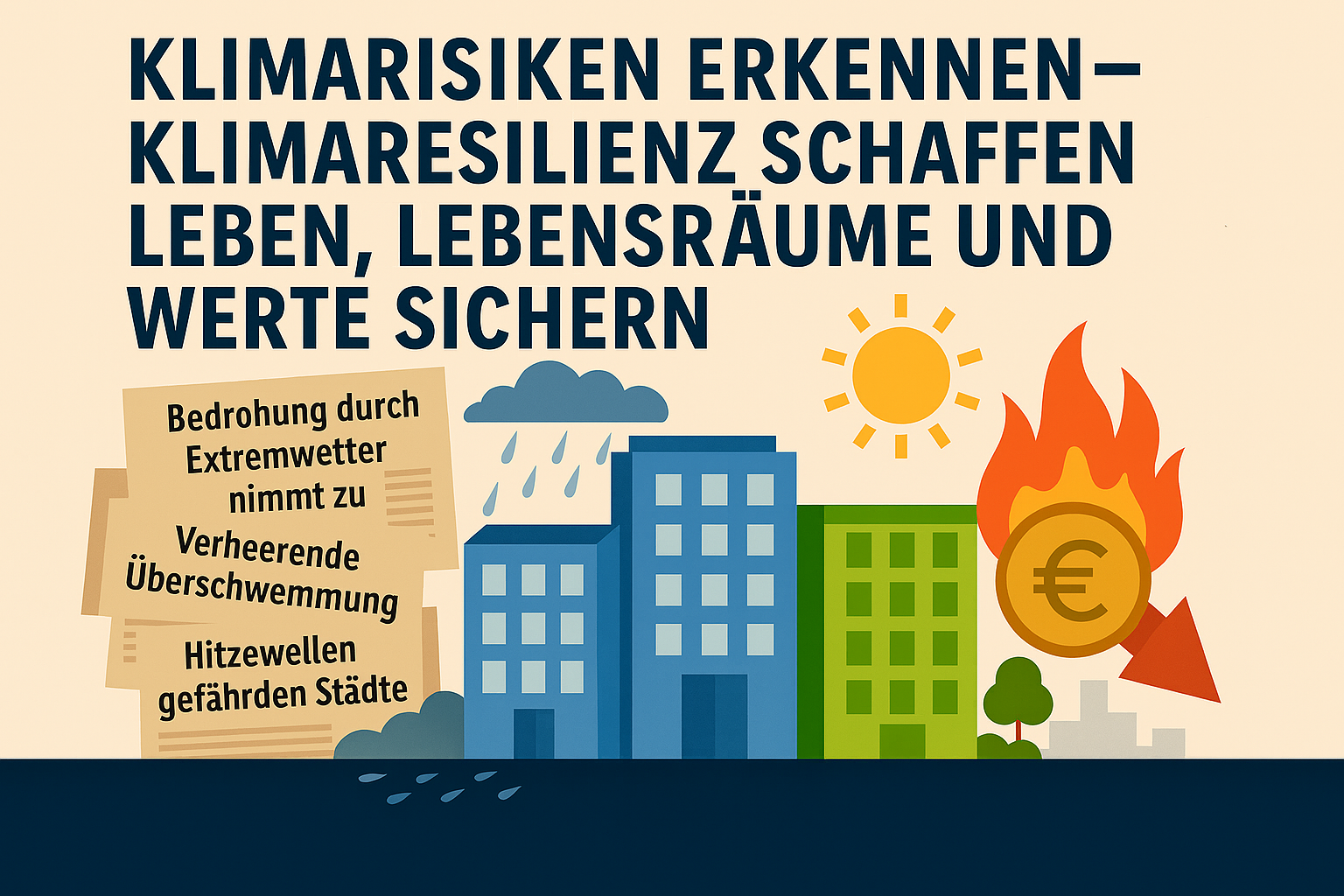
![Temperaturänderung in Deutschland relativ zum Durchschnitt von 1961–2010 [°C]. Die Grafik zeigt die jährlichen Temperaturabweichungen von 1881 bis 2024 in Form farbiger Streifen. In den Jahren 2014, 2018, 2019, 2020, 2022, 2023 und 2024 überstieg die Temperaturanomalie in Deutschland bereits +1,5 °C. In den Jahren 2023 und 2024 überschritt sie sogar +2 °C. Quelle: showyourstripes.info](/assets/graphik-temperaturveranderung-deutschland.jpg)
